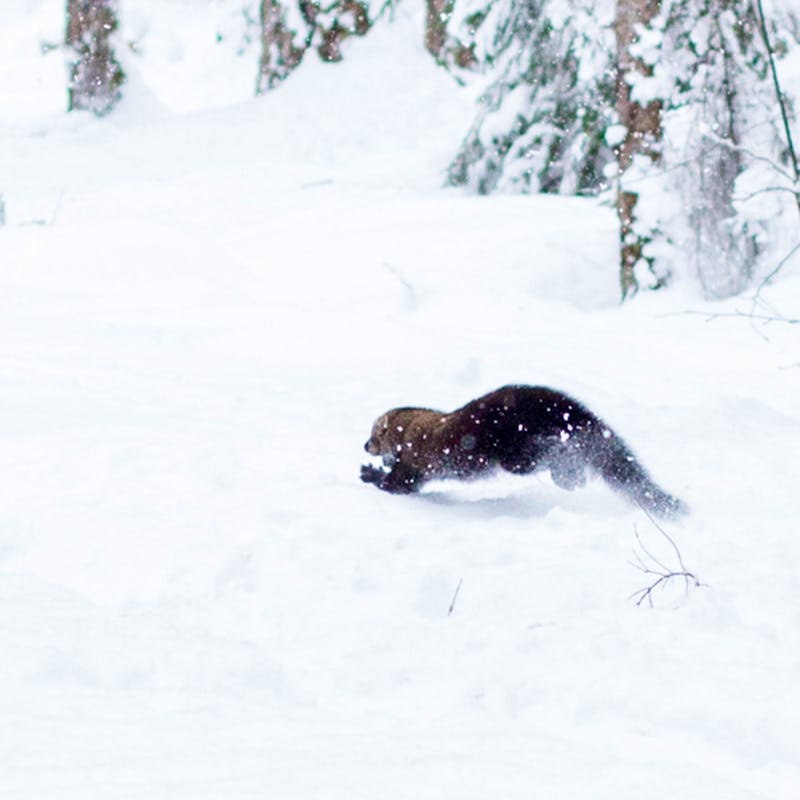Last Wednesday, the Colorado Parks and Wildlife Commission held a meeting to vote on a resolution opposing wolf reintroduction in the state, including reintroduction of the most endangered gray wolf in the world, the Mexican gray wolf (also known as the “lobo”).
In the two months leading up to the Commission’s meeting, nearly 3,000 Defenders of Wildlife supporters from Colorado sent letters to the Commissioners, urging them not to pass the resolution. On the day of the meeting, I was encouraged to see hundreds of Colorado pro-wolf supporters showing their support for the lobo, filling the room at the Commission’s Denver office to capacity and spilling outside, hoping to testify and holding signs reading “More Wolves, Less Politics.”
Unfortunately, the Commission passed this harmful resolution by a vote of 7 to 4, defying the wishes of 70 percent of Colorado voters, who, according to past polling, support wolf reintroduction in our state. And with only 109 lobos in the wild in the U.S. and fewer than 25 in Mexico, the commission failed to make the most of their opportunity to make a productive mark on lobo recovery.
What’s even more disappointing is that this anti-wolf resolution is rooted in old, unfounded fears and prejudices about wolves, and not in the best available science regarding the historic range of the Mexican gray wolf or public opinion.
Lobos need Colorado: Let’s take a look at the science. The best available science clearly states that lobos cannot recover without Colorado. A recent UCLA study draws a more accurate picture of the Mexican gray wolf’s historic range. The UCLA study refutes the claim that lobos never lived north of I-40, and extends their range to parts of California, Nevada, southern Utah and southern Colorado. Additionally, lobo genes have even been found as far north as Nebraska.
Our state is critical to the survival of this species. A published, peer-reviewed study from one of the scientists on the U.S. Fish and Wildlife’s Mexican gray wolf recovery team concluded that areas in Colorado contain some of the best habitat for wolves. These areas have sufficient habitat and prey, low human and road densities and are within dispersal distance of the established lobo population in Arizona and New Mexico.
Coloradans support lobos: Coloradans value healthy landscapes and healthy wildlife populations, and that includes the important ecological benefits wolves provide to the environment. We have a deep connection to our wildlife heritage and want to be a part of solution to protect Mexican gray wolves from extinction.
Lobos can support Colorado: Not only do gray wolves provide widespread ecological benefits in areas where they have be reintroduced, but they also bring substantial benefits to regional economies, and this would likely be the case in Colorado, too. For example, wolf reintroduction to Yellowstone brings an estimated $35 million in additional annual tourist revenue to the region. That figure effectively doubles once the money filters through the local economy.
Restoring Mexican gray wolves is a win for everyone – Coloradans, the Centennial State’s economy and the lobos. It’s incredibly disappointing to see the Commission give into political pressure rather than adhering to the best available science and the best interests of all of its constituents.
Originally posted on HuffPost Blog.







Follow Defenders of Wildlife
facebook bluesky twitter instagram youtube tiktok threads linkedin